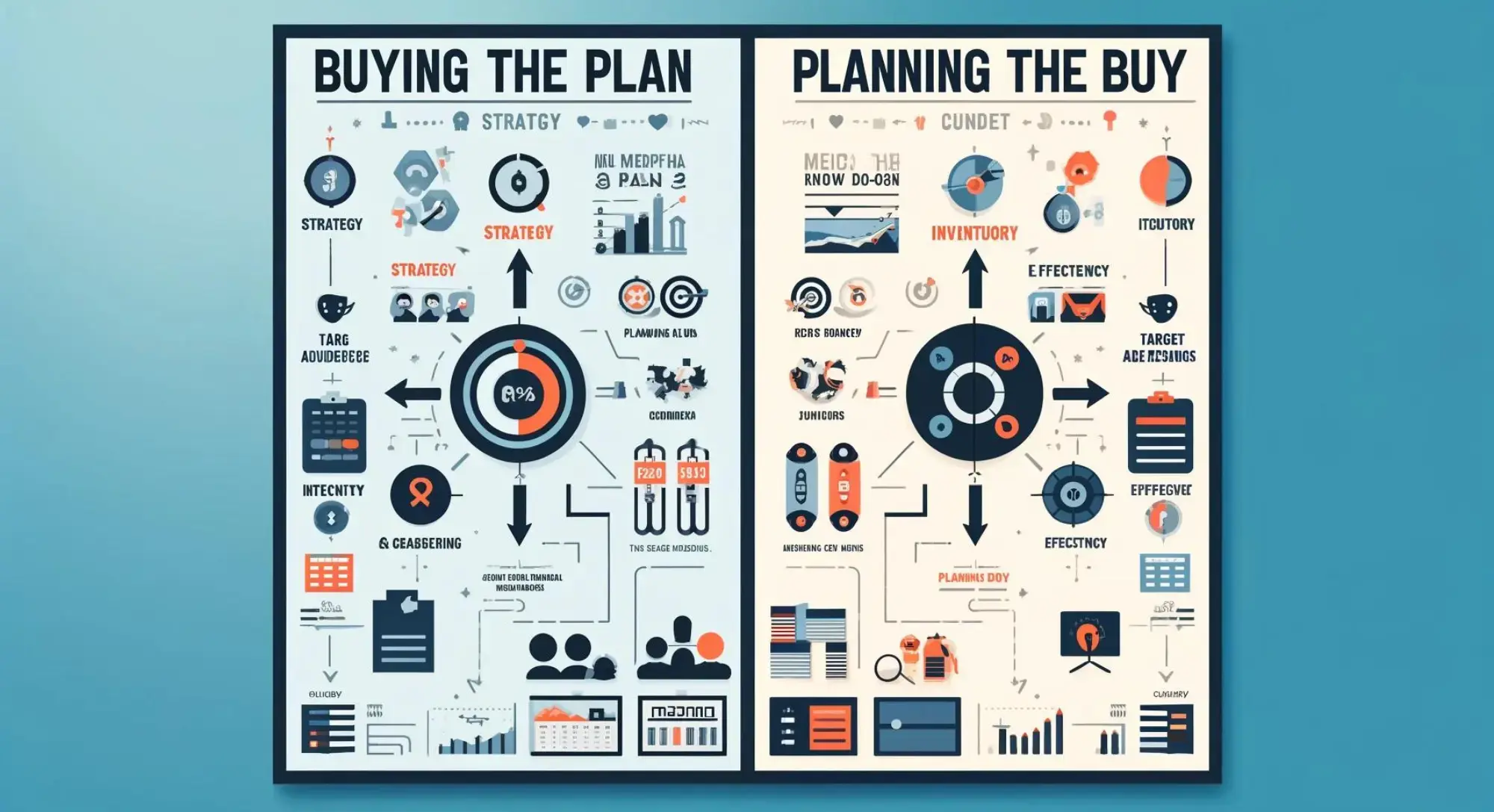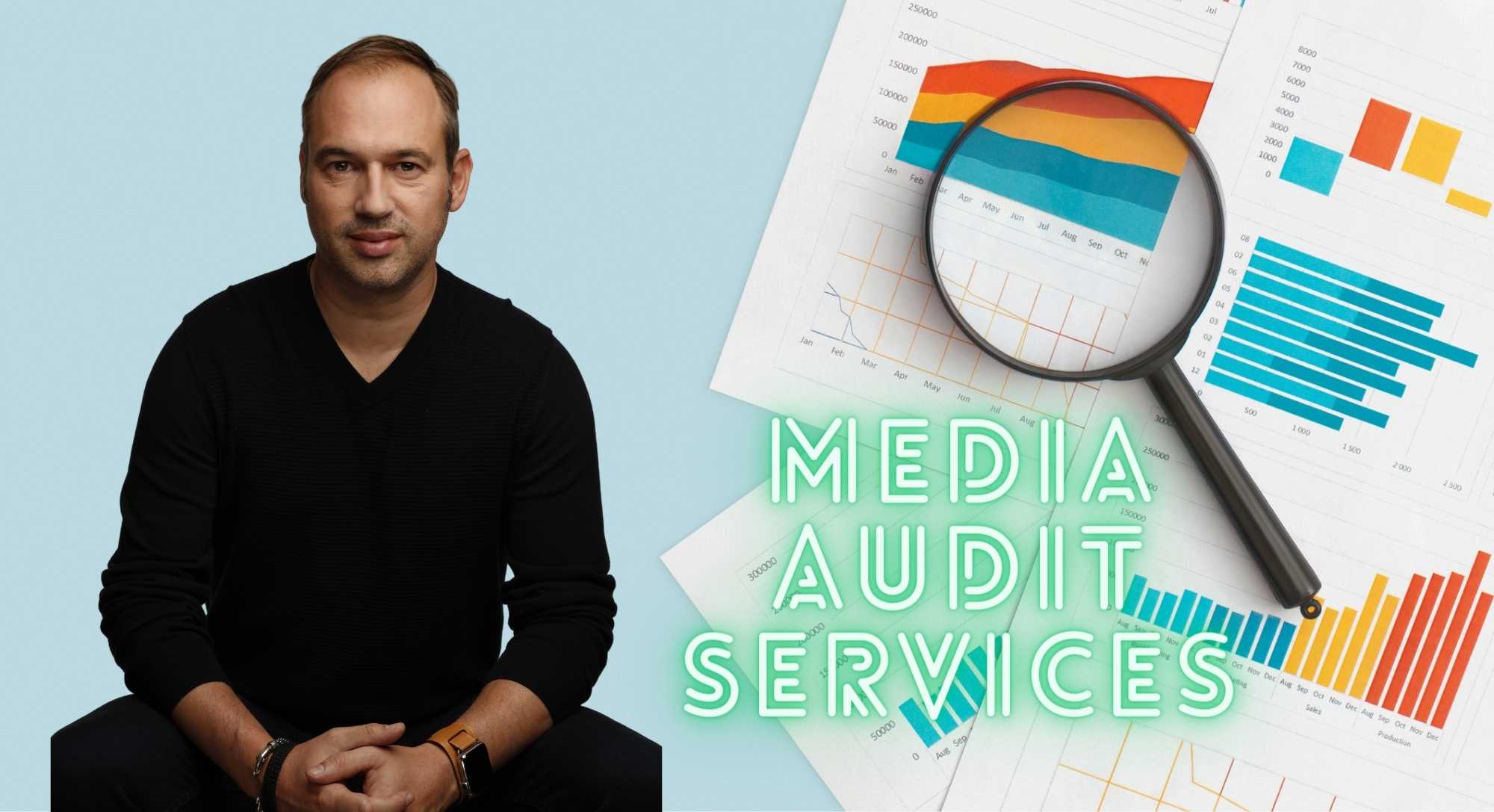Throughout my extensive and diverse international media career spanning over 25 years, I have had the privilege of wearing many different hats. From working as a media planner and buyer to serving as a media auditor, I have gained invaluable experience and insights.
Now, as the CEO and co-founder of a global media consultancy business that provides media transformation services across 28 markets worldwide, my team and I have had the unique opportunity to assess numerous media plans from agencies around the globe. Unfortunately, we have noticed a recurring theme: a significant number of these plans are below par. This is particularly frustrating because creating a high-quality media plan is not rocket science; it simply requires a combination of strategy, research, and a deep understanding of the market and target audience.
So, what are the reasons behind the delivery of lacklustre plans by so many agencies? Could it be a lack of resources, expertise, or access to quality research? Or perhaps it's a more cynical approach of cutting corners to maximize agency profits, operating under the assumption that "if the client doesn't ask, the client doesn't get"?
In this article, I aim to enlighten marketeers and brand managers about the critical importance of insisting on a best-in-class media plan for every advertising campaign. I'll guide you on how to spot a substandard plan and what steps to take if you find yourself saddled with one. Because let's face it, a poor media plan isn't just a missed opportunity—it's a waste of your brand's media budget.
What is Media Planning?
Media planning is the process of determining the best method for communicating a message to an audience. It involves analyzing audiences, channels, platforms, messaging, and advertisements to discover the most effective marketing methods.
The goal is to reach potential customers on the right channel with the right message at the right time. According to HubSpot’s 2022 State of Media & Content Planning Research Report, 70% of media planners say that market research is the most effective part of their planning strategy.
What is a Media Plan?
A media plan is an essential component of the broader media planning and buying process (which encompasses key steps such as media briefing, media strategy, media planning, campaign monitoring, post-campaign reporting, and media agency invoices reconciliation). Usually presented as an Excel spreadsheet filled with data, metrics, and key performance indicators (KPIs), a media plan goes beyond being a mere information overload. It is a strategic document that must align with your brand's overall marketing goals and target audience.
It is crucial to note that a media plan should never be created in isolation. It should always be accompanied by a media plan rationale document. This document serves the purpose of explaining the choices made in the media plan, providing context and justification for the selected media channels, placements, and timings. It adds a narrative element that brings meaning and actionability to the numbers presented in the Excel sheet.
Once a media plan is approved and signed off by the client, it acts as the official authorization for the media agency to proceed with booking the media. Essentially, the signed media plan acts as the green light that sets the entire advertising campaign into motion.
This multi-layered approach ensures that the media plan is not just a set of numbers but a well-thought-out strategy designed to achieve specific marketing goals while providing transparency and accountability at every step.
How does a Media Agency Prepare a Media Plan?
Creating a media plan is a meticulous process that requires a deep understanding of both the market and the client's objectives. Below are the key steps a media agency typically follows to prepare a media plan:
Step 1: Review and Understand Objectives
The first step is to thoroughly review the media brief provided by the client. This brief outlines the objectives of the campaign, which could range from increasing brand awareness to driving sales. Understanding these objectives is crucial for crafting a media plan that aligns with the client's goals.
Step 2: Conduct Market Research
Prior to delving into the media mix, it is imperative to conduct thorough market research. A critical aspect of this research involves analyzing the media consumption habits of your target audience. This analysis serves as the cornerstone for determining the most impactful media channels and platforms to effectively reach your desired audience.
Step 3: Select Media Channels
Based on the market research and client objectives, the agency then selects the best media channels, platforms, formats, and timing for the campaign. This could involve a mix of traditional and digital media, each with its own set of advantages and limitations.
Step 4: Optimise Key Elements
Media planning tools come into play at this stage. These tools help optimise three key elements: Reach, Affinity, and Budget. 'Reach' ensures that the campaign gets in front of as many people in the target audience as possible. 'Affinity' focuses on how well the selected media aligns with the target audience's interests. 'Budget' ensures that all choices are cost-effective and offer the best ROI.
Step 5: Create Media Plan and Rationale Document
Finally, the agency creates the media plan, usually in the form of an Excel spreadsheet filled with numbers, metrics, and KPIs. This is accompanied by a media plan rationale document, which explains the choices made in the media plan. This document serves as the narrative that gives context to the numbers and is crucial for client approval.
How to Assess Media Plans?
Assessing media plans is a common query we encounter from our 'Abintus Academy' students. To address this, we've developed a 'Media Plan Checklist' that serves as a preliminary filter to ensure that the media plan meets minimum requirements. In my view, unless a media plan is complete, diving into its assessment is a futile exercise. Due diligence comes first.
Checklist and Rationale Document
Once you've confirmed that all elements on the checklist are present, you can proceed to review the media plan in detail. Use the accompanying media plan rationale document to understand the choices made by the agency. Essentially, the agency should have addressed the Where? When? How? What? Who? and Why? of the campaign.
Inventory Media (also known as Proprietary Media)
This is a crucial aspect often overlooked. If the agency is incorporating inventory media into the plan, they must be transparent about it. If there's no mention of inventory media, ask for clarification. Transparency is key.
Technical Costs in Digital Plans
For digital campaigns, technical costs must be transparently itemised. For example, if ad serving costs are based on the number of impressions, both the rate and the cost should be calculated using a formula. Transparency in a media plan is not a luxury; it's a necessity.
Agency Remuneration
If the agency's fee is commission-based, this should also be calculated transparently using a formula. This ensures that you're not being overcharged and that the commission aligns with your net media spend.
Final Approval
Only when all these boxes are ticked—when you're confident that inventory media benefits you, when all costs are transparent, and when all the Why, When, Where, Who, What and How have been satisfactorily answered—should you consider approving the media plan.
Before doing so, it's best practice to benchmark your quality and cost KPIs against historical levels or commitments made by the media agency. If costs are significantly higher than past rates or quality has dipped, challenge your agency. Never approve a media plan unless you're 100% certain it's the best possible plan to achieve your campaign objectives.
By following this comprehensive approach, you ensure that your media plan isn't just a collection of numbers but a well-thought-out strategy designed to meet specific objectives in the most cost-effective and transparent manner.
How to Address Flawed Media Plans?
If you've diligently followed the checklist and find that your media plan is still incomplete, the first step is to send it back to the agency. Request that they provide the missing elements to complete the plan. An incomplete plan is not just a nuisance; it's a red flag that warrants immediate attention.
When reviewing the plan, if certain aspects don't add up or seem illogical, don't hesitate to question and challenge the agency. Logic should always prevail in these situations. Recommendations that lack a solid rationale are not only unhelpful but could also be detrimental to your campaign's success.
It is important to note that the initial draft of a media plan is rarely the final version. Revisions are a common part of the process. However, if you find yourself looking at a version 15 or beyond, it may indicate underlying problems that need to be addressed. This is not typical and suggests that there may be significant issues on your end. In such cases, conducting a Holistic Media Audit can be a valuable next step to identify and resolve any underlying concerns.
By following these steps, you can ensure that your media plan is more than just a compilation of figures. It becomes a carefully crafted strategy that is tailored to meet your specific objectives. Moreover, it demonstrates your commitment to achieving excellence, as you actively engage in optimising and refining your plan to make it the very best it can be.
My Recommendations and Next Steps
In conclusion, the quality of your media plan is too important to leave to chance. Here are some final recommendations to ensure you're getting the best possible plan:
1. Use the Checklist
Always start by ensuring that your media plan is complete. Our checklist is a valuable tool for this initial assessment.
2. Demand Strong Rationale
Every recommendation in the media plan should be backed by a compelling rationale. The days of "just trust us, we know what we're doing" are long gone. Insist on evidence-based decisions.
3. Agree on Templates
Best practice dictates that you should agree on a media plan and rationale template with your media agency upfront. Better yet, embed these templates into your media agency contract. This ensures that, if your agency is compliant, you'll always receive a best-in-class media plan containing all the necessary elements and information.
4. Seek Professional Help
If you need assistance in crafting media plan templates tailored to each media channel, don't hesitate to contact us. Our expertise can help you set the standard for all your future media plans.
By following these guidelines, you not only elevate the quality of your media plans but also foster a more transparent and accountable relationship with your media agency. It's a win-win situation that ultimately leads to more effective advertising campaigns.
Media Auditing Guide: Click Here
Media Agency Pitch Management Guide: Click Here
--------------------------------------------------------------------------------
Author Expertise and Experience:
Philippe Dominois is co-founder and CEO of Abintus Consulting, and Head Coach at the Abintus Academy. He has over 25 years of international media experience, having worked on the media agency side, client side, and media auditing side throughout his career. Philippe has authored hundreds of articles over the years that focus on media management best practices.



